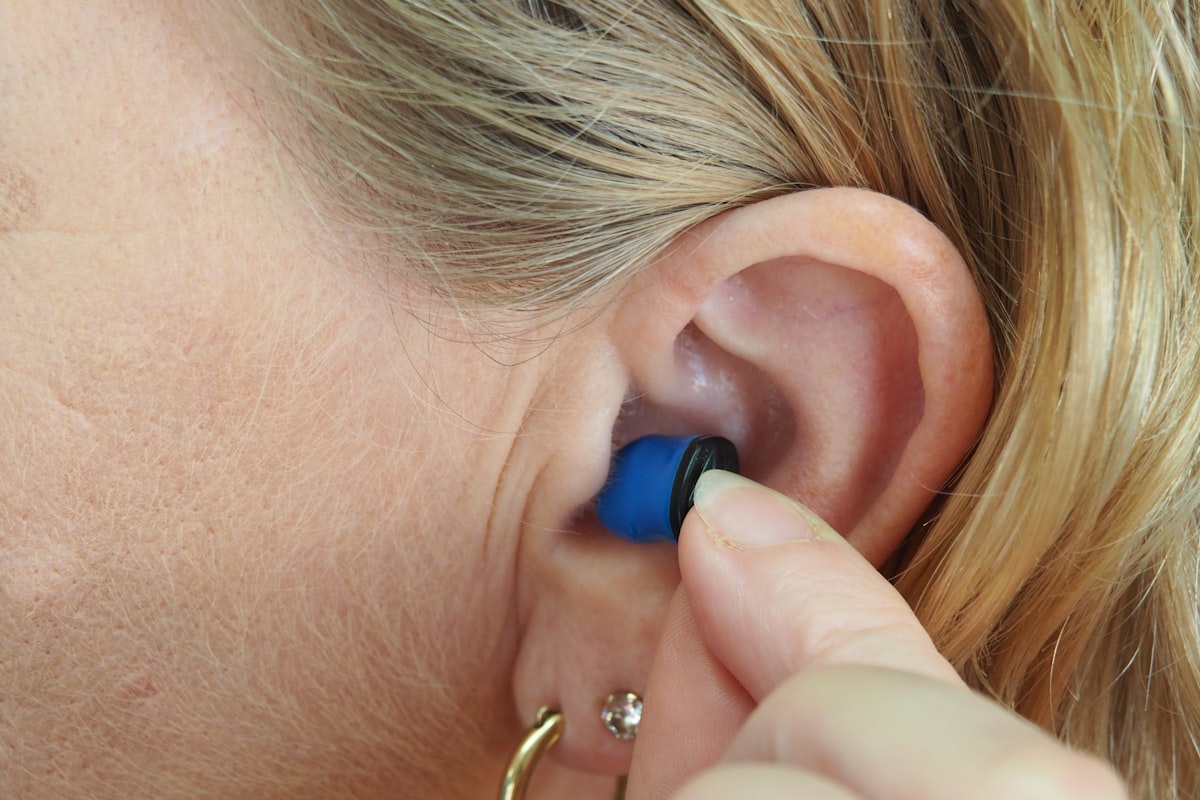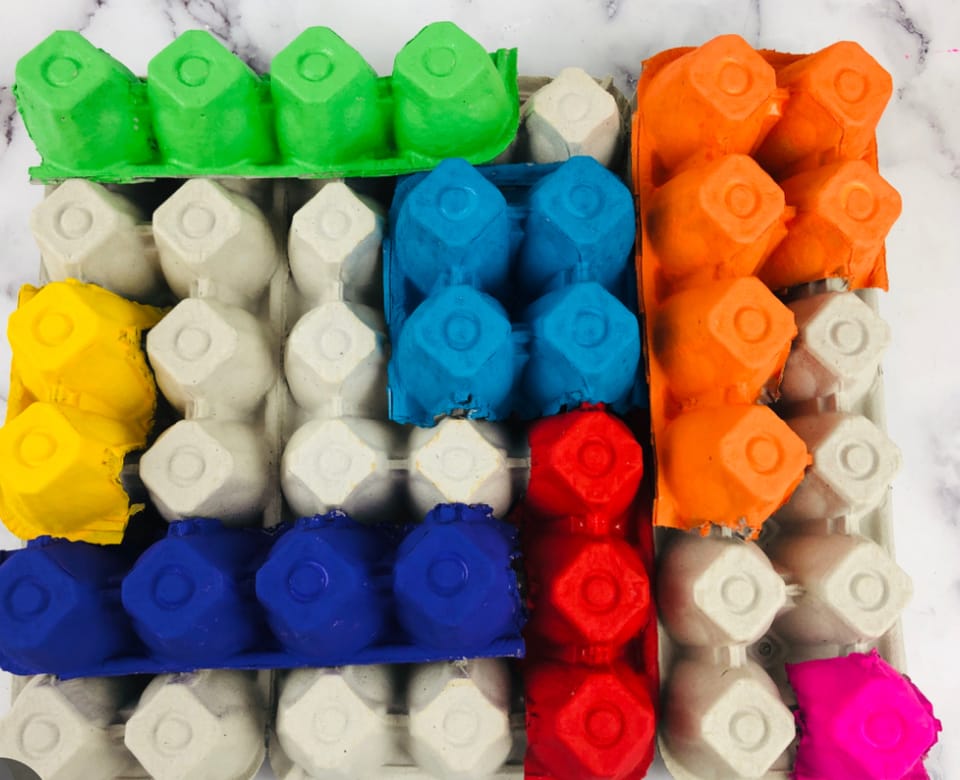Ear Defenders Advice and Guidance
When people attend my Accredited Sensory Needs Practitioner training, one of the big discussions is about ear defenders and their use. When I am explaining about the auditory system, and the ear defenders, I refer to some recent NHS guidance that has changed. This post explores the guidance.

When people attend my Accredited Sensory Needs Practitioner training, one of the big discussions is about ear defenders and their use.
When I am explaining about the auditory system, and the ear defenders, I refer to some recent NHS guidance that has changed. I have attached that information below.
The NHS guidance basically says "The continued use of ear defenders results in an increase in a child’s auditory gain; which means that they become MORE sensitive towards sounds."
On the course I explain that with auditory difficulties, in sensory processing it is something called Hyperacusis.
Some children are under the audiologist for this, but many simply don't get that (they don't meet threshold, GP's don't refer, etc.etc.) So many caregivers and professionals are left to their own devices to try and support the children/young adults with auditory distress.
When I explain the use of ear defenders - I say this…..Ear defenders should only really be used like an inhaler.
- You would use your inhaler if your body is in crisis (asthma attack)- you would use the ear defenders if your body and mind are jn crisis (full sensory overload)
- You would use it if you are a little unwell - ear defenders maybe needed more if are a little unwell (the sensory processing system is often hyper stimulated during illness)
- You would use your inhaler when you are doing some unusual to the every day (like before you play a game of rugby you may need a extra couple of puffs)- you would use the ear defenders if you are doing something unusual to the everyday (such as going to the train station for example)
We can never take away sound- there will always be sounds that we can’t control, loud, sudden, different pitches.
So the continued use (I have worked with children and families with the school, where the child actually has indents in their head from the constant wearing) is actually detrimental to the child.
You can build auditory resilience- but in needs to be in a controlled safe time such as sensory diet time. I have some FREE auditory activities under the "auditory" part of the "senses" section of the website. Or you can subscribe for the full library (over 200 activities).
The other option is to use music headphones/earphones with meditation music, music/sounds of choice, white/pink/blue sounds, audiobooks, etc. on. This means you are adding sound rather than "blocking" sound.
The NHS also suggest-
- Providing comfort and reassurance to the child when they exhibit distress to sounds.
- Explaining the sound source to the child, making it clear why it makes its specific sound.
- Providing ways to allow the child to exercise some control over the sounds. Perhaps by making the sound themselves or by finding ways to demystify with the sound source, perhaps using play.
- Gently repeating the child’s exposure to the sound may help them become more used to it.
- Children’s anxiety may increase if they are forced to remain in a situation that is causing the distress. It is important to allow them somewhere ‘safe’ to retreat to, should they require it.
- The child may be reassured if they have permission to go to a ‘quiet’ area or even leave the classroom for a short while if they are distressed by a specific sound at school.
Hope you find this helpful - and if you would like to attend the training, at the moment it is booked through






